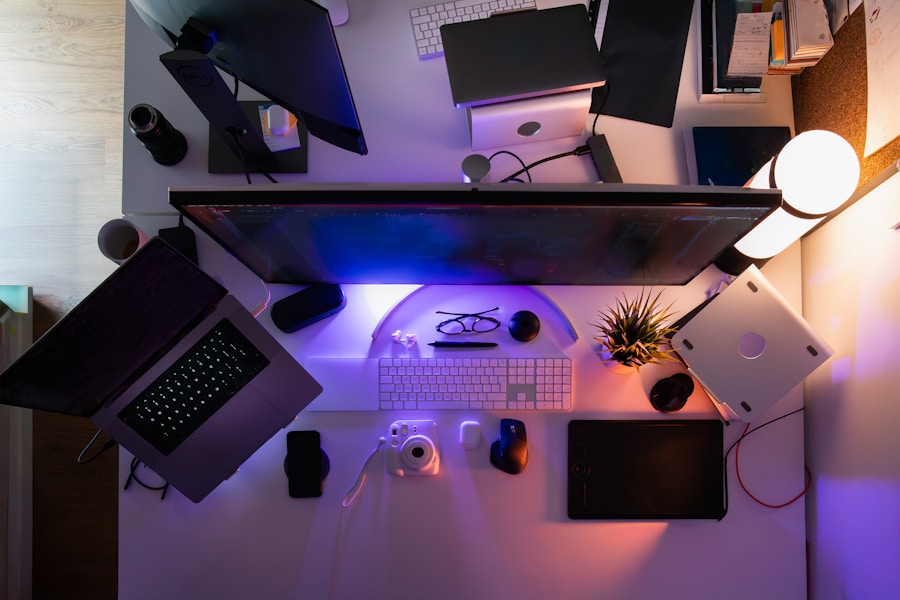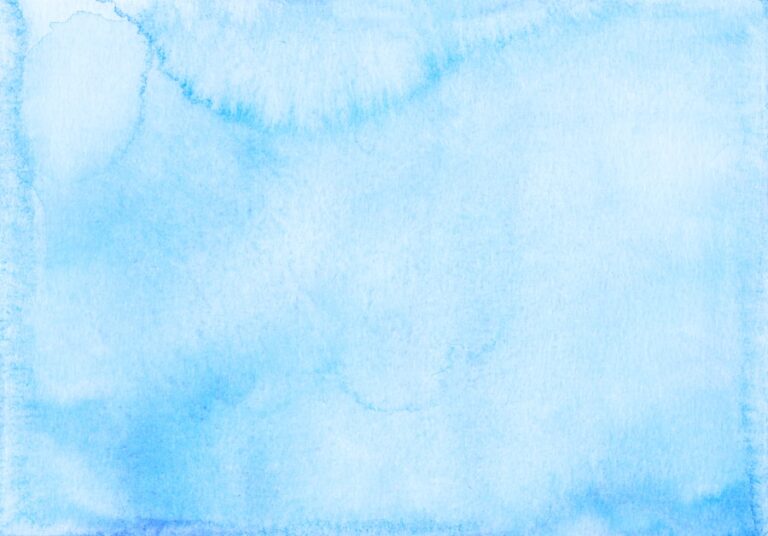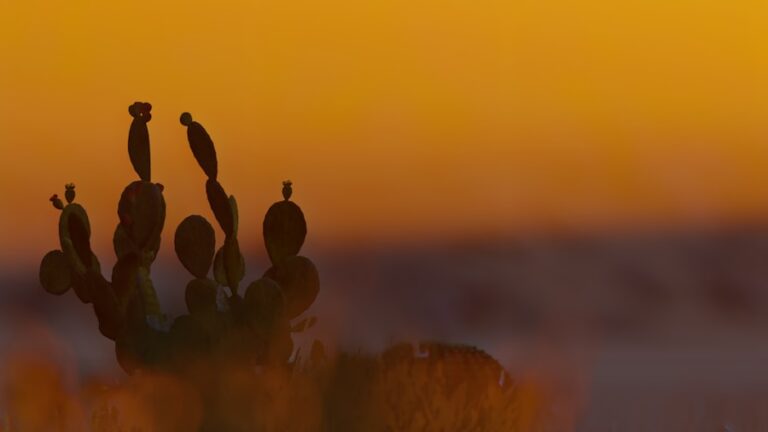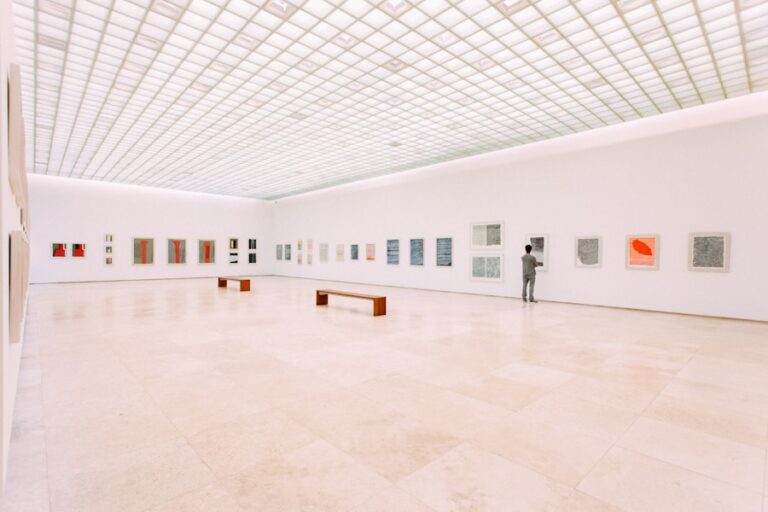Breaking Down Barriers: Understanding the Pros and Cons of Digital and Traditional Art
Art has been a form of expression for centuries, with traditional art forms such as painting, drawing, and sculpture being the primary means of artistic expression. However, with the advancement of technology, digital art has become increasingly popular. Digital art refers to any artistic work that uses digital technology as part of the creative or presentation process. This can include digital painting, graphic design, 3D modeling, and animation. While traditional art and digital art have their own unique characteristics, both forms of art have their own advantages and disadvantages.
Traditional art, on the other hand, encompasses a wide range of artistic mediums, including painting, drawing, sculpture, and printmaking. These art forms have been practiced for centuries and have a rich history and tradition. Traditional art often involves physical materials such as paint, canvas, and clay, and requires a high level of skill and craftsmanship. While traditional art has been the primary form of artistic expression for centuries, digital art has emerged as a new and innovative way for artists to create and share their work.
Advantages of Digital Art
One of the main advantages of digital art is the ability to easily edit and manipulate artwork. With digital tools such as Photoshop and Illustrator, artists can quickly make changes to their work without having to start over from scratch. This allows for greater experimentation and creativity, as artists can easily try out different ideas and techniques. Additionally, digital art allows for greater precision and control, as artists can use tools such as layers and masks to create intricate and detailed artwork.
Another advantage of digital art is the ability to easily share and distribute artwork online. With the rise of social media and online platforms, artists can easily showcase their work to a global audience. This has opened up new opportunities for artists to gain exposure and connect with other creatives. Additionally, digital art can be easily reproduced and printed, allowing artists to sell prints of their work to a wider audience.
Advantages of Traditional Art
Traditional art has its own set of advantages that make it a unique and valuable form of artistic expression. One of the main advantages of traditional art is the tactile experience it provides. Working with physical materials such as paint, clay, and charcoal allows artists to engage with their work on a more sensory level. This hands-on approach can be deeply satisfying and rewarding for artists, as they are able to physically manipulate their materials to create their desired effects.
Another advantage of traditional art is the sense of tradition and history that comes with it. Many traditional art forms have been practiced for centuries and have a rich cultural significance. For example, oil painting has a long history dating back to the Renaissance, while pottery has been practiced by civilizations around the world for thousands of years. This sense of tradition can be deeply meaningful for artists, as they are able to connect with the legacy of their chosen medium.
Disadvantages of Digital Art
While digital art has many advantages, it also has its own set of disadvantages. One of the main disadvantages of digital art is the reliance on technology. Digital artwork is created using software and hardware, which can be expensive and require regular updates and maintenance. Additionally, digital files can be vulnerable to data loss or corruption, which can be devastating for artists who have invested countless hours into their work.
Another disadvantage of digital art is the potential for over-reliance on digital tools. With the wide range of digital brushes, filters, and effects available, it can be easy for artists to become dependent on these tools to create their work. This can lead to a lack of technical skill and craftsmanship, as artists may rely on digital shortcuts rather than developing their own abilities.
Disadvantages of Traditional Art
Similarly, traditional art also has its own set of disadvantages. One of the main disadvantages of traditional art is the lack of flexibility and ease of editing. Unlike digital art, traditional artwork cannot be easily edited or manipulated once it has been created. This can be frustrating for artists who make mistakes or want to make changes to their work after it has been completed.
Another disadvantage of traditional art is the limited reach and distribution. Unlike digital art, which can be easily shared online, traditional artwork is often limited to physical galleries and exhibitions. This can make it more challenging for artists to gain exposure and connect with a wider audience.
The Impact of Technology on Artistic Expression
The advancement of technology has had a profound impact on artistic expression. With the rise of digital tools and platforms, artists have new opportunities to create and share their work in ways that were not possible before. Technology has also allowed for greater collaboration and connectivity within the artistic community, as artists can easily connect with others from around the world.
However, technology has also raised questions about the authenticity and value of artwork. With the rise of digital art and NFTs (non-fungible tokens), there is ongoing debate about the value of digital artwork compared to traditional artwork. Additionally, technology has raised concerns about copyright and ownership, as digital files can be easily reproduced and shared without permission.
Finding a Balance Between Digital and Traditional Art
In conclusion, both digital art and traditional art have their own unique advantages and disadvantages. While digital art offers greater flexibility and accessibility, traditional art provides a tactile experience and sense of tradition. As technology continues to advance, it is important for artists to find a balance between digital and traditional art forms. By embracing both mediums, artists can expand their creative horizons and reach new audiences while honoring the rich history and tradition of traditional art forms. Ultimately, the future of artistic expression lies in finding harmony between the old and the new, embracing the best of both worlds to create meaningful and impactful artwork.





